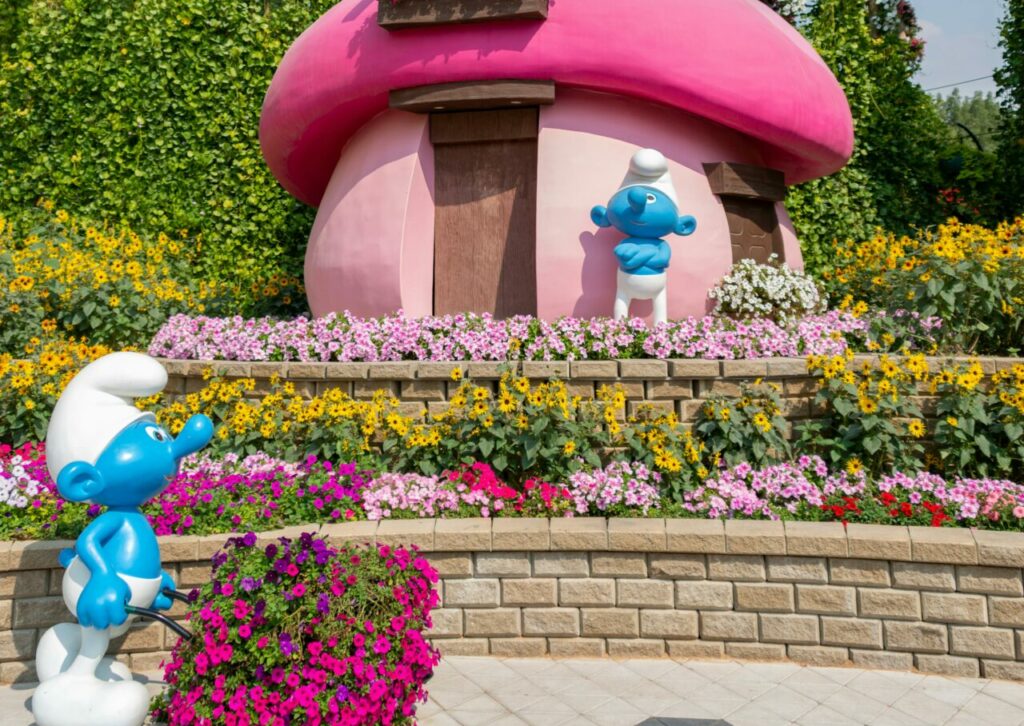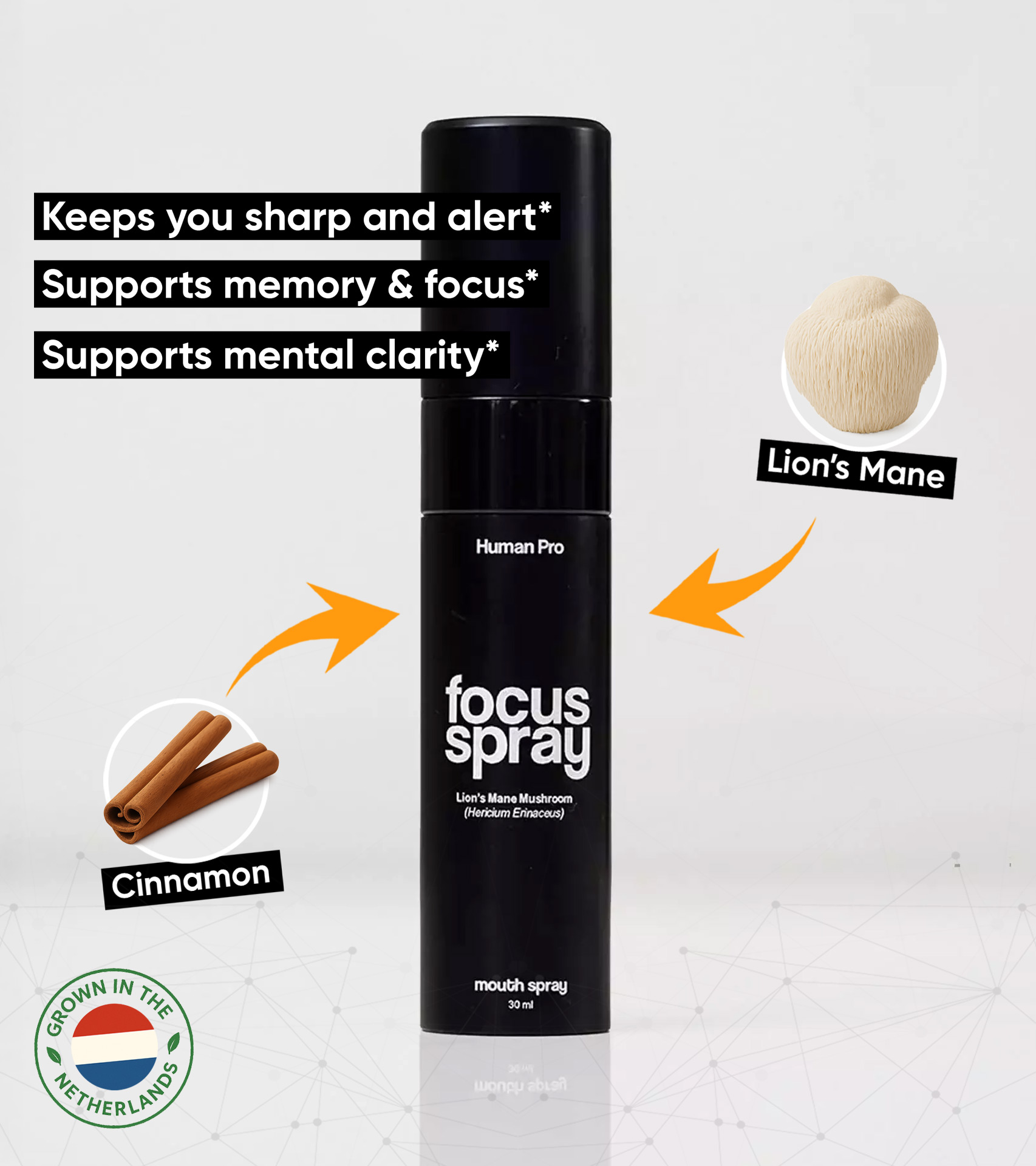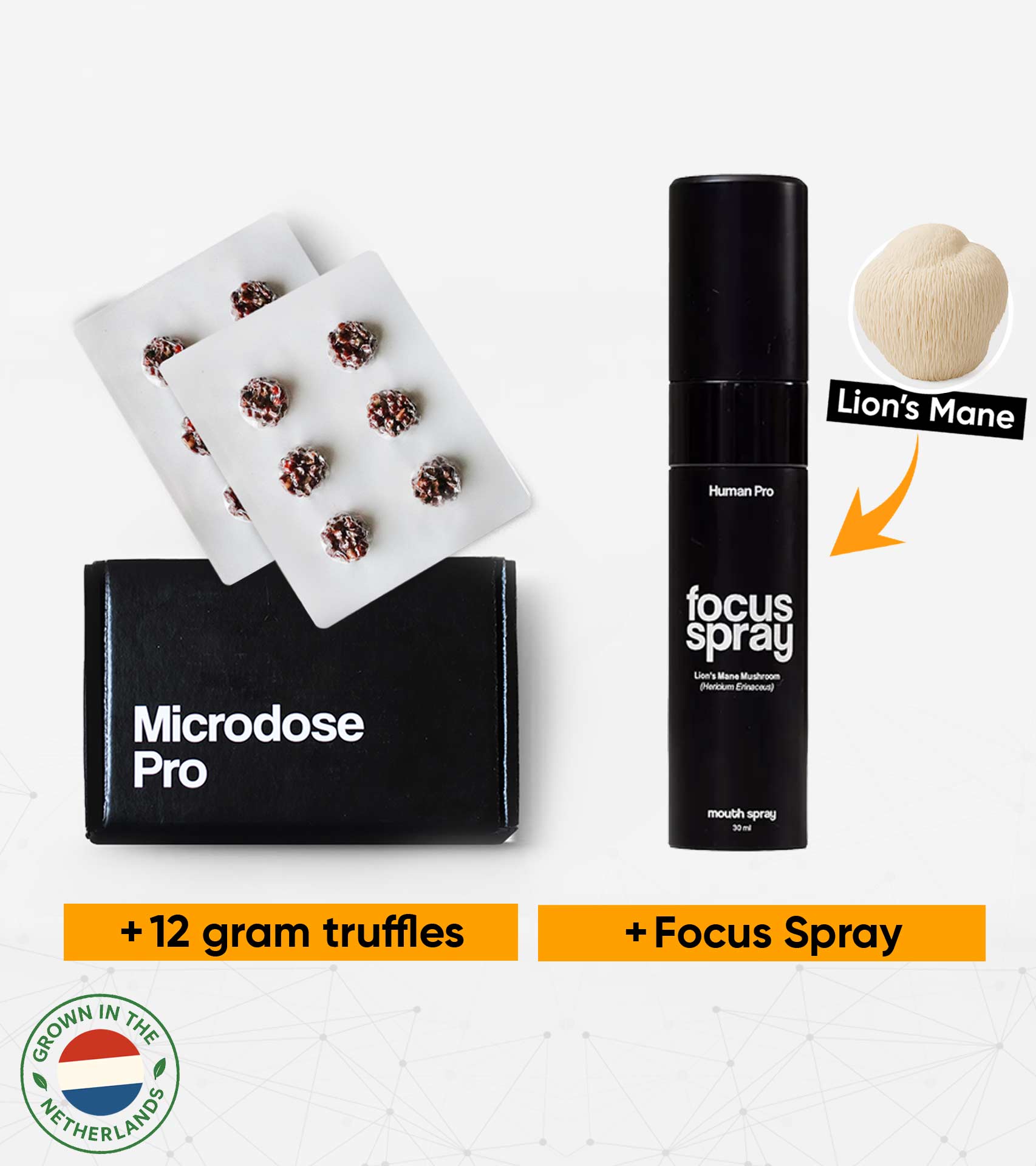Perspective is a wild thing. With time and age, we are offered fresh ways of looking at the world.
In this particular case, I am starting to realise how many of our childhood animated series or movies had a strong psychedelic influence and/or message.
Not long ago I wrote about Disney’s 1940 Fantasia film. That is unquestionably a beautifully trippy movie with strong psychedelic undertones and style.
This time, I’m writing about The Smurfs.
It wasn’t until recently that I started to wonder: why are The Smurfs blue? Could it be because psilocybin, the psychoactive compound found in certain mushrooms, turns blue when oxidized? Is this another psychedelic easter egg staring me in the face my entire life?
Hints Or Assumptions
So these friendly little beings are blue, papa Smurf wears a red hat and pants and they live in red and white mushroom houses.
Are these simply coincidences or little easter eggs that the creators have left for us to discover and ponder?
While the creators of The Smurfs haven’t been explicit in the incorporation of psychedelics in the character or story design, the whimsical nature of the show, combined with the blue colour and red and white mushroom houses, has led me to draw interpretations of psychedelic undertones.
Not to mention that microdosing psilocybin is associated with subtle cognitive enhancements and mood improvements, which easily parallels the positive and imaginative world of the Smurfs that we all grew up with.
More than chocolates and tulips
Belgium is known for more than just chocolates and tulips.
These animated characters are originally known as Les Schtroumpfs, and were created by a Belgian illustrator named Peyo in 1958,
Soon after in 1965, the first animated feature film based on the Smurfs Les Aventures des Schtroumpfs was released.
It was followed by Les Schtroumpfs et le Cracoucass in 1975 and then La Flûte à six schtroumpfs in 1976.
As for the name “Smurfs”, it comes from the Dutch word “smurf,” which means “elf” or “sprite.”
The Western Debut
1981 can sometimes feel like yesterday or like a thousand lifetimes ago.
Nonetheless, that was the year that the English-speaking world was introduced to the Smurfs.
The Smurfs first appeared on television in the United States on September 12, 1981, and became a major success for NBC, spawning spin-off television specials and winning multiple Daytime Emmy awards.
From then onwards, the Smurfs went global and have been adapted into even more animated television shows and films.
The Smurfs cartoon show originally aired for one hour of programming time in its first season, then it was expanded to 90 minutes for the following seasons until 1989.
The show was not produced by Disney but by Belgian cartoonist Peyo and Hanna-Barbera Productions.
Why Are the Smurf Blue?
When The Smurfs were originally created in 1958, they were white. Once it was decided that they should be blue, is also when they became ‘The Smurfs’ we all know today.
Psilocybin, a psychoactive compound found in certain species of mushrooms, in itself psilocybin is not blue but can turn blue when oxidised or exposed to air.
In many ways, we do not fully understand psilocybin yet and the technology for measuring psilocybin potency is still emerging.
Interestingly, Peyo’s biographer notes that the decision to change their color was made by Peyo’s son Nicolas, who felt that blue would be more fitting for a fantasy creature than white.
He asserted that psilocybin had nothing to do with it. Perhaps it is one of those random coincidences, but it does make me pause and wonder.
Other lesser-known facts about the Smurfs
Here are some unknown facts about the Smurfs based on the provided sources:
- Dark History: The Smurfs have a complex past that touches on medieval occultism, addiction, sexism, and ethnocentric turmoil in mid-century Europe. The origins of the Smurfs can be traced back to a French alchemist named Pierre Smurf in the late 14th century, who created small humanoid creatures with blue skin through alchemical experiments.
- Early Portrayal: In the early Belgian comics of the late 1950s, the Smurfs engaged in vices like smoking, tavern gambling, and alcohol abuse. Papa Smurf was depicted as a more fallible leader, sometimes demonstrating selfishness and engaging in sorcery and alchemy that caused more problems than solutions.
- Evolution of Characters: The Smurfs initially appeared as a rather unSmurfy bunch called the Schtroumpfs, who were a bickering and mistrustful group. Over time, Peyo transformed them into the cheerful, cooperative characters we know today, emphasising the values of teamwork and community.
The Link to Microdosing
Microdosing psilocybin is known for enhancing creativity, improving mood, and fostering a sense of community and empathy.
These effects mirror the cheerful, cooperative nature of the Smurfs. The Smurfs’ idyllic village life and harmonious relationships can be seen as a metaphor for the positive mental states often reported by those who microdose psychedelics.
Let Yourself Reminisce
Les Schtroumpfs, aka the Smurfs, is a beloved series that has captured the hearts of audiences for generations.
This animation is sweet, innocent, and kind.
Luckily we can re-visit the original animations by watching them online.
Or you can discover one of the more recent versions of the Smurfs.
This weekend could be a good time to feel like a kid again and watch some episodes.
Pick an episode, sit on the floor with a snack alone or with your kids, and let yourself enjoy the innocence of it all.
As the theme song says:
“Next time you’re feeling blue just let a smile begin,
Happy things will come to you.”
Either way, I hope you had fun coming down memory lane with me.
If you’ve been considering microdosing lately, get yourself a starter pack here and be sure to join our Free Group Coaching Calls via zoom twice a month to learn everything you need to know to get started.
Which was your favourite childhood animation or television show?
Stay connect with us here:
- Facebook group (8.000+ members)
- Discord channel (2.000+ members)
- Follow us on Instagram @microdosepro.amsterdam and @humanpro.amsterdam
- Follow me on Instagram @asha_md_coach
As always, flow strong.
Asha ✨







0 thought on “The Smurfs and Psilocybin”